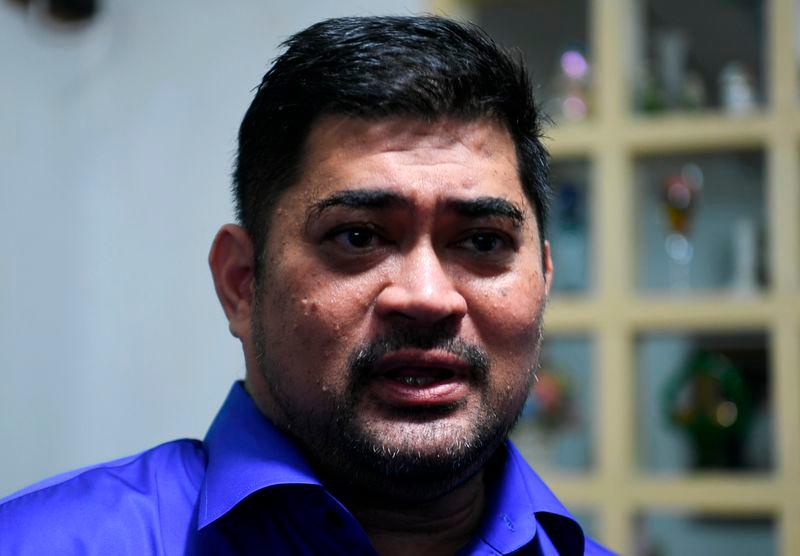KOTA KINABALU: A total of RM7 million has been allocated for the feasibility study of the Trans-Borneo Railway project, the Sabah State Legislative Assembly sitting was told today.
Deputy Chief Minister Datuk Shahelmey Yahya, who is also the Sabah Public Works Minister, said the study, fully funded by the federal government, had been approved for implementation under the 12th Malaysia Plan.
“The consultant evaluation process, along with the establishment of the steering committee and technical committee, was completed in October 2024. My ministry has been informed that the process of preparing the acceptance letter is currently underway.
“The study project is expected to begin no later than this December and be completed within 12 months by the end of 2025,” he said during the question-and-answer session.
He said this in reply to a question from Datuk Dr Yusof Yacob (Sindumin-GRS), who asked about the latest developments and feasibility study of the Trans-Borneo Railway project.
Shahelmey said the Sabah government would conduct a separate feasibility study and a preliminary design for the extension of the railway track from Putatan to Kota Kinabalu Industrial Park, extending to Sepanggar Port, with an estimated cost of RM1.75 million.
“This study is expected to begin by March 2025 at the latest,” he said, adding that all studies undertaken by the federal and state governments were part of long-term plans to develop, modernise, and expand Sabah’s railway network.
Shahelmey said the findings from the studies would later serve as a foundation for planning new development programmes and considering allocation requests for the project’s physical implementation under the 13th Malaysia Plan and beyond.
According to him, long-term planning should be done in phases, based on priorities and the funding available.
Elaborating on the feasibility study for the Trans-Borneo Railway project, he said it would be conducted by the federal government through the Ministry of Transport, with the Sabah government via the State Railway Department, serving as a member of both the steering and technical committees.
Shahelmey said the Sabah government’s decision on the physical construction of the project would be based on the findings of the study and the proposed implementation or financial model.
“The findings from the feasibility study will later be used to determine how the collaboration between Sarawak, Brunei, and Sabah will be implemented in the project,” he said in response to a supplementary question from Dr Yusof, who asked about the coordination between Sabah, Sarawak, and Brunei in the project.
Responding to Datuk Seri Yong Teck Lee’s supplementary question whether the feasibility study would involve economic, financial, or technical aspects, Shahelmey explained that the preliminary study would cover three areas, including selecting the suitable route for the railway system, taking into account economic, social, and cost aspects.
He said that the study would also cover all required infrastructure along the route, including level crossings, flyovers, stations, and depots, alongside a comprehensive engineering study.
In the initial scope of the Trans-Borneo Railway project’s feasibility study, Shahelmey said Sabah had proposed an alignment covering Tanjung Aru (Aeropod) – Kudat; Beaufort – Sipitang - Lawas (Sarawak); Sandakan - Pitas – Kudat; Tawau - Lahad Datu – Sandakan.









